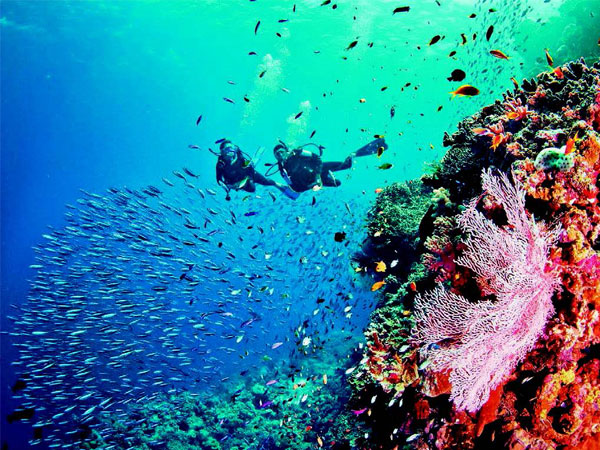Soil mapping techniques are improving the health of the Great Barrier Reef
Aerial photography is being employed to identify areas of high erosion-risk in Queensland’s Great Barrier Reef catchments to improve the health of this natural wonder-of-the-world through informed and targeted land management.
The mapping is being conducted to improve the management of soil run-off and limit fine sediment entering into the reef catchment areas.
The Reef 2050 Long-Term Sustainability Plan (Reef Plan 2050), adopted by the Australian and Queensland Governments in March 2015, is making significant progress towards long-term improvements in activities that are recognised to be a major threat to the health of the reef, including contaminants from agricultural activities. Targets aim to reduce total sediment run-off by up to 50 per cent in key areas.

Cutting-edge soil mapping techniques are helping to improve the health of the Great Barrier Reef.
There is considerable research showing that the bulk of the fine sediment affecting the water quality in the reef is predominately derived from the erosion of gullies and riverbanks, and not from the majority of agricultural land.
As part of reaching this target, the Australian Government Reef Programme is investing in a collaborative research project which uses aerial photography techniques, called digital aerial photogrammetry, to produce cost-effective detailed maps of gullies and surface water flows across large areas.
There are many aerial photography tools already available that vary in cost and effectiveness for farm-scale land management. Digital aerial photogrammetry offers higher surface resolution than satellite products and is more cost effective than photography and satellite data for generating Digital Surface Models (DSM) maps at 10–50 centimetre resolution over areas greater than 250 square kilometres.
These multilayered aerial maps can be used to identify gullies with high erosion risk that should be managed, measure gully erosion rates and monitor the effects of remediation over time.
DSM maps can help farmers, Landcare groups, local councils and researchers in the Reef catchment area to easily identify locations of high erosion risk requiring monitoring and/or intervention.
By focusing on erosion hotspots, farmers can better tailor their time and land management activities to keep their soil on country. Less erosion means a more productive bottom line for farmers while contributing to improving the health of one of the world’s most iconic natural wonders.
This project, which builds on previous investments in the mapping, monitoring and management of gully erosion processes in reef catchments, is a partnership between the Australian Government Department of Agriculture and Water Resources, CSIRO, Queensland Department of Science, Information Technology and Innovation, the National Environmental Science Programme and NQ Dry Tropics.



